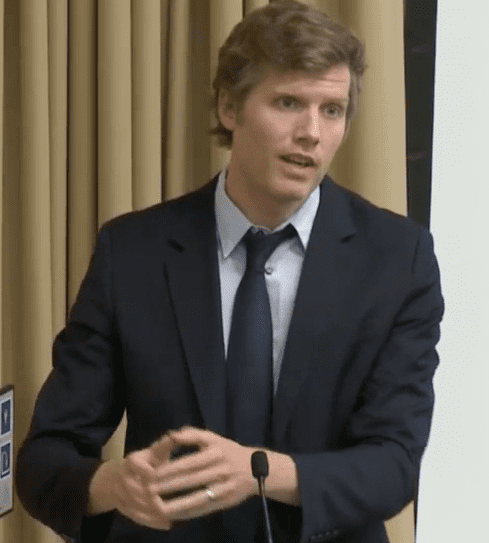It is closing day for the International Criminal Tribunal for the Former Yugoslavia, which officially concludes its existence on December 31, 2017. As summarized by Owen Bowcott in the Guardian, the volume of work completed by the tribunal is impressive: over 24 years, 10,800 days of hearings, with 4,650 witnesses, producing 2.5 million pages of transcripts, and 161 high-profile indictments.
These 24 years began with declarations of the end of history and the triumph of liberal democracy. Through experimentation, committed activism, a few rogue characters, and great powers willing to see where things went, an international criminal justice system was assembled through the ICTY and ICTR, various hybrid models and the ICC. The advances of international humanitarian law, which were never going to apply equally across the globe, made sense against the backdrop of the consensus-driven advance of an international community. It was belief in the general overall direction of expanding rule of law and human rights that rationalized a vision of prosecutions of individuals. These were anomalies that would prove the viability of law-based international system–a historical-legal parallel to the idea that the exception proves the rule.
As the ICTY closes its doors today, there is one statement, articulated by a judge in the sentencing hearing of Drazen Erdemovic that sticks with me. Erdemovic was a Bosnian-Croat, who had initially tried to fly under the radar in Bosnian government territory. As this became increasingly difficult, given that his wife was a Bosnian Serb, they tried to flee the country altogether. He testified that he wanted no part of the war that forced people to pick sides. Their intended escape route forced them to cross Bosnian Serb held territory. They never made it out. Erdemovic was forced to fight with Bosnian Serb Army (BSA). This is how he found himself ordered to participate in the execution of Bosniak (Bosnian Muslim) prisoners of war captured after the fall of Srebrenica. He killed some 70 people by his own estimate, and then flatly refused to continue, even after being told that if he didn’t like it he could join the victims. Eventually, after being shot by a fellow BSA soldier, he sought out contact with the ICTY, became a willing witness and offering a guilty plea for his role in Srebrenica.
This is what the judges said to him at the sentencing hearing before the trial court, where he was found guilty of crimes against humanity and sentenced to five years.
“With regard to a crime against humanity, the Trial Chamber considers that the life of the accused and that of the victim are not fully equivalent. As opposed to ordinary law, the violation here is no longer directed at the physical welfare of the victim alone but at humanity as a whole.” [para 19]
“Crimes against humanity are serious acts of violence which harm human beings by striking what is most essential to them: their life, liberty, physical welfare, health, and or dignity. They are inhumane acts that by their extent and gravity go beyond the limits tolerable to the international community, which must perforce demand their punishment. But crimes against humanity also transcend the individual because when the individual is assaulted, humanity comes under attack and is negated. It is therefore the concept of humanity as victim which essentially characterises crimes against humanity.”[para 28]
Since first reading this judgment years ago, I have wondered about the substitution logic at play in the above sentences. Two lives are pronounced unequal and humanity becomes a divided category. The perpetrator is less human, and even the specific person or people assaulted are not the true victim, but, in a Kantian twist, that role is assigned to the idea of humanity. The international community is introduced as the benighted agent, preserving and protecting the idea of humanity through punishment.
I always found this passage to be a stunning articulation of the utopian vision behind the era, now over, of international peacebuilding. The Tribunal’s archive undoubtedly contains countless insights into the wars of the dissolution of Yugoslavia as well the effort to institutionalize the international community. Researchers will find within those materials a treasure of questions and resources. Today, however, we note that the era of the ICTY mirrors, as David Chandler has written:
The shift in fortunes of international peacebuilding – from the exaggerated, even hubristic, demands for universalist transformation to an idealised liberal model to today’s craven retreat to aerial drones and crowdsourced monitoring from afar– are not just a blow to the aspirations of international intellectuals and policy- makers, they also herald a much broader shift in international political thinking about the problems of governance and our relationship to the external world today. (5)
Read against this backdrop, the closing of the ICTY today looks like a bookend to an era. It is unclear which ideas and practices will carry over, be transformed, or get left behind.


